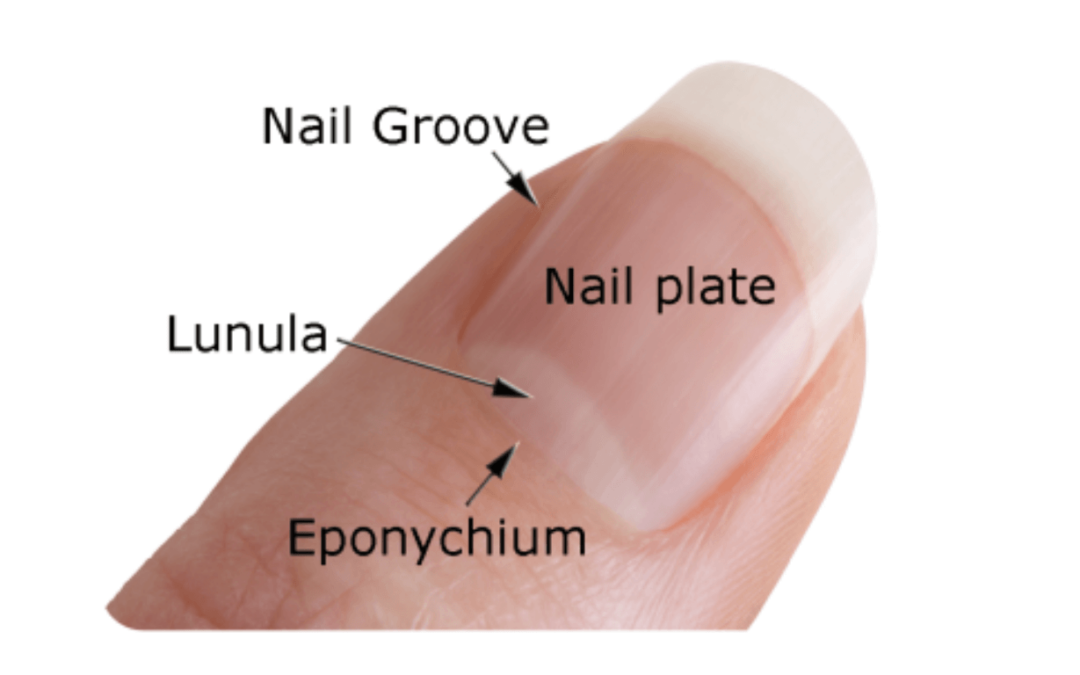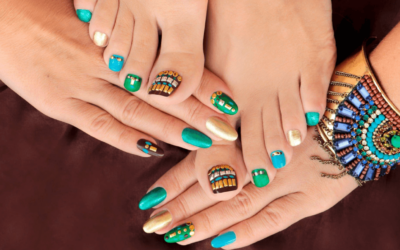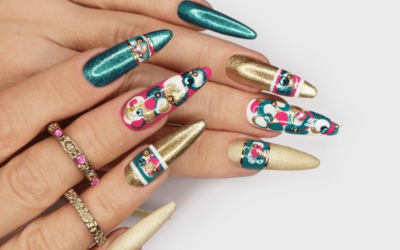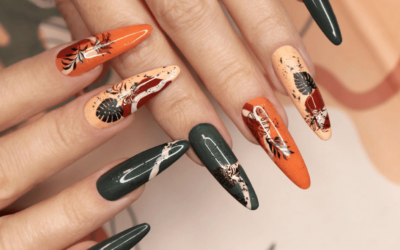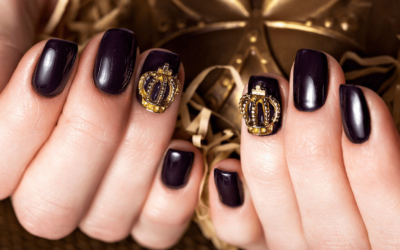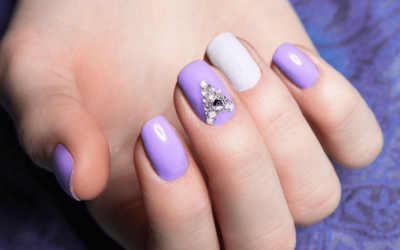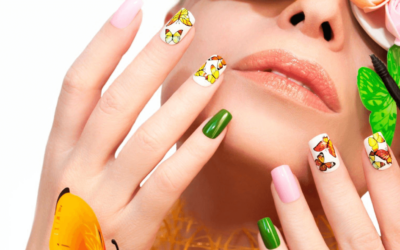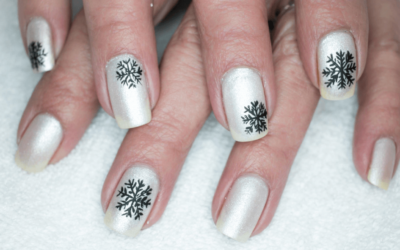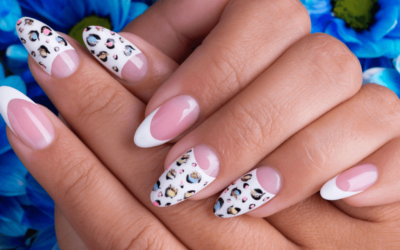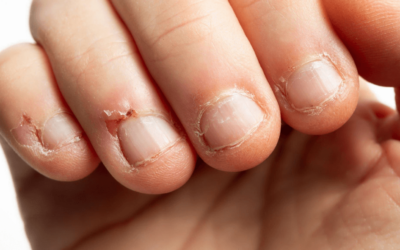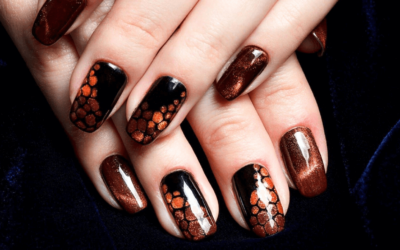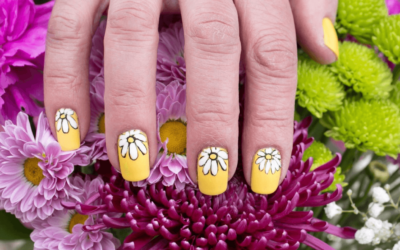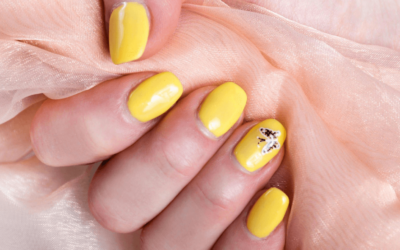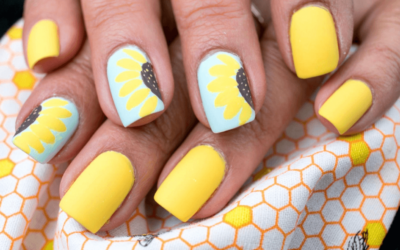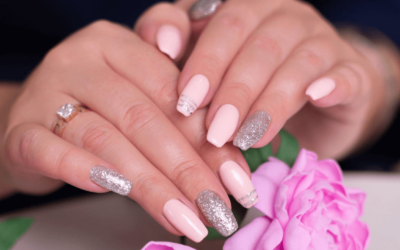Nails are not just a canvas for beautiful nail art; they are complex structures with various components that contribute to their strength, growth, and overall health.
Understanding the anatomy of nails is essential for proper nail care, maintenance, and addressing any concerns or issues that may arise.
In this comprehensive guide, we’ll delve into the different parts of a nail, exploring their functions and significance.
The Nail Plate: The Visible Structure
The nail plate is the hard, translucent, and visible part of the nail that covers the fingertip. It consists of tightly packed layers of protein called keratin.
The nail plate protects the sensitive nail bed underneath and serves as a canvas for nail polish and nail art.
The Nail Bed: A Foundation for Growth
The nail bed is the skin beneath the nail plate. It is rich in blood vessels and provides nourishment to the nail matrix, which is responsible for nail growth. The nail bed is also responsible for giving nails their natural pinkish hue.
The Nail Matrix: The Growth Center
The nail matrix is the area located at the base of the nail, hidden under the cuticle. It is the growth center of the nail, where new cells are produced and added to the nail plate.
The health and condition of the nail matrix are crucial for strong and healthy nail growth.
The Cuticle: Protective Barrier
The cuticle is a thin, translucent layer of skin that surrounds the base of the nail.
It acts as a protective barrier, sealing the space between the nail plate and the surrounding skin, preventing the entry of bacteria and fungi.
The cuticle also helps maintain the moisture balance of the nail, keeping it hydrated.
The Lunula: The Moon-shaped Area
The lunula is the whitish, crescent-shaped area at the base of the nail, visible on the nail plate. It represents the visible part of the nail matrix.
The size and visibility of the lunula may vary from person to person. Contrary to popular belief, the presence or absence of a prominent lunula does not indicate the health of the nails.
The Nail Folds: Protective Skin
The nail folds are the folds of skin that surround and support the nail on three sides: the proximal nail fold (closest to the cuticle), the lateral nail folds (at the sides of the nail), and the distal nail fold (at the free edge of the nail).
The nail folds help protect the nail and keep it securely attached to the finger.
The Nail Bed Blood Vessels: Nourishment Providers
The nail bed blood vessels are the tiny blood vessels that supply nourishment to the nail matrix and nail bed.
These blood vessels play a vital role in delivering nutrients and oxygen to the growing nail cells, supporting healthy nail growth.
The Hyponychium: The Protective Seal
The hyponychium is the area of skin located under the free edge of the nail. It forms a protective seal between the nail bed and the nail plate, preventing debris, bacteria, and other substances from entering beneath the nail.
Nail Growth and Maintenance
Understanding the different parts of a nail is essential for maintaining nail health and addressing any concerns or issues that may arise.
Proper nail care, including regular trimming, filing, moisturizing, and protecting the nails, is crucial for maintaining their strength and integrity.
By familiarizing yourself with the anatomy of nails, you can make informed decisions about nail care products, techniques, and treatments that will promote healthy nails and enhance your overall nail health.
The Nail Cuticle: Protecting the Matrix
The nail cuticle is the thin layer of dead skin cells that overlaps the base of the nail plate and the proximal nail fold.
It acts as a protective barrier for the delicate nail matrix, shielding it from external damage and preventing infection. Maintaining a healthy cuticle is important for overall nail health.
The Eponychium: The Proximal Nail Fold Extension
The eponychium is the extension of the proximal nail fold that partially covers the base of the nail plate. It forms a seal to protect the nail matrix and the delicate tissue beneath it from harmful bacteria and debris.
Taking care of the eponychium by keeping it moisturized and avoiding harsh practices helps maintain the integrity of the nail structure.
The Nail Grooves: Contours of the Nail
The nail grooves refer to the depressions or furrows on either side of the nail plate, formed by the lateral nail folds.
These grooves provide stability and structure to the nail, preventing it from shifting or moving excessively.
Keeping the nail grooves clean and free from buildup is important for maintaining healthy nails.
The Nail Bed Epithelium: Nourishing the Nail Plate
The nail bed epithelium is the specialized tissue that covers the nail bed. It contains specialized cells responsible for producing keratin, which forms the nail plate.
These cells provide nourishment and support to the growing nail plate, ensuring its strength and integrity.
The Nail Root: Nail Plate Formation
The nail root is the portion of the nail matrix located deep under the skin at the base of the nail.
It is responsible for initiating nail plate formation and determining the overall shape and thickness of the nails. Proper care and protection of the nail root are essential for healthy nail growth.
Nail Anatomy and Health Conditions
Understanding the different parts of a nail can also help identify and address specific nail health conditions.
For example, issues with the nail matrix can lead to irregular nail growth, while damage to the nail bed may result in discoloration or separation of the nail plate.
By understanding the underlying anatomy, you can better communicate with healthcare professionals and seek appropriate treatment if needed.
Nail Care Tips for Maintaining Healthy Nails
Moisturize: Keep your nails and cuticles well-hydrated by regularly applying a nourishing cuticle oil or moisturizer. This helps prevent dryness, cracking, and splitting.
Protective Measures: Wear gloves when performing household chores or working with harsh chemicals to protect your nails from damage and chemicals that can weaken them.
Gentle Nail Care: Avoid excessive filing, buffing, or using harsh nail products that can strip away the natural oils and weaken the nails. Opt for gentle tools and techniques to maintain the health of your nails.
Healthy Diet: Maintain a balanced diet rich in vitamins, minerals, and proteins to support overall nail health.
Foods like fruits, vegetables, lean proteins, and whole grains can provide the necessary nutrients for strong and healthy nails.
Avoid Nail Biting: Nail biting can damage the nail bed and lead to infections. Break the habit by using anti-nail-biting products, applying a bitter-tasting nail polish, or finding alternative stress-relief strategies.
Remember, everyone’s nails are unique, and variations in nail anatomy are common. By understanding the different parts of a nail and adopting good nail care practices, you can maintain healthy, strong, and beautiful nails.

